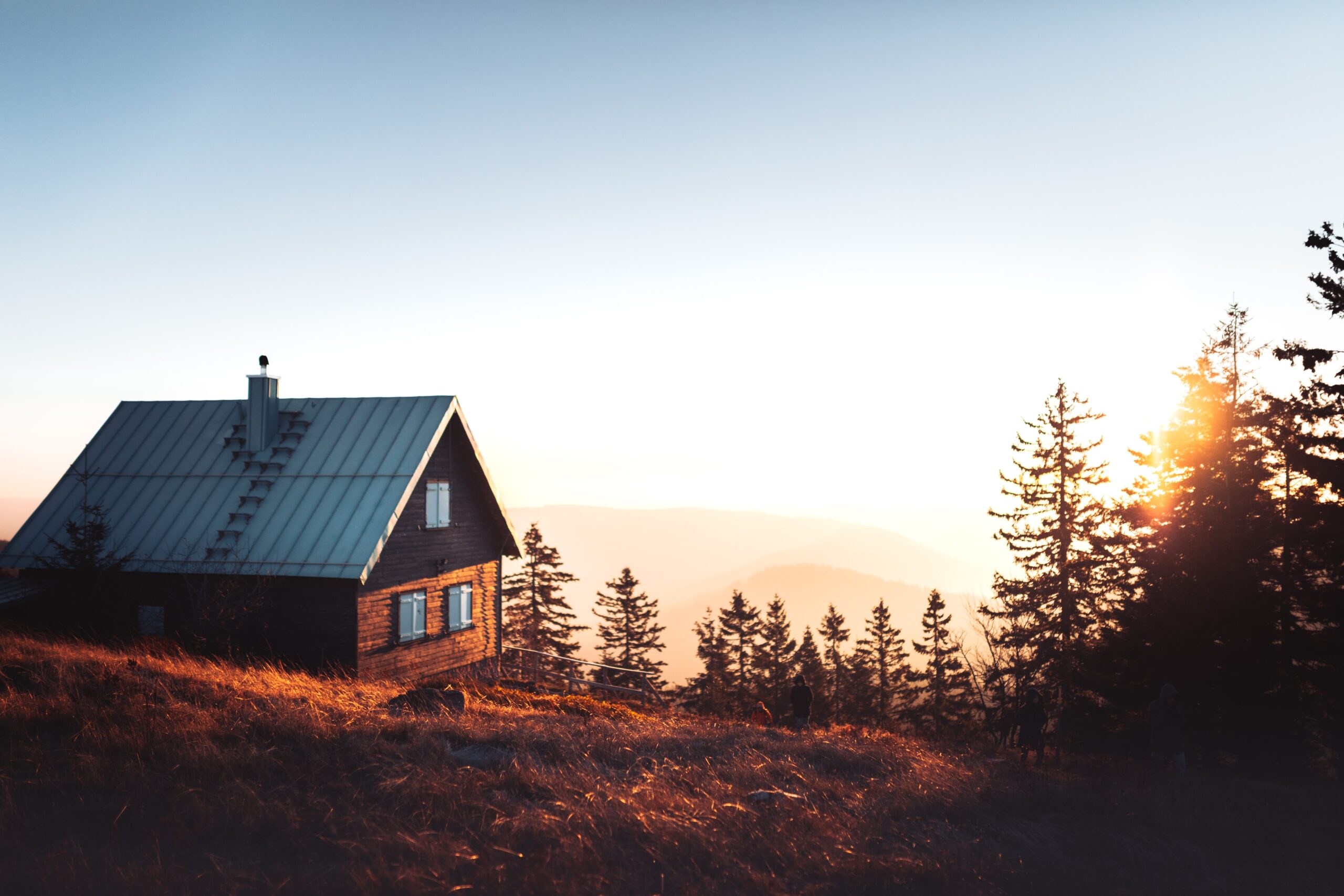In America’s Second-Home Communities, Covid-19 Poses Special Concerns Now
As the nation heads into a summer of “reopening” after the Covid-19 shutdown, many Americans are heading off on summer vacations — and some communities in the ACP face unique challenges.
Travel means people from different places coming into contact with one another. In particular, resort communities — places with a large number of second homes — are likely to see more new arrivals through second-home owners and renters.
Where Second Homes Are Plentiful
In the ACP, the counties called Graying America look like they are more exposed to potential trouble this summer. Nearly 20% of the homes in Graying America are second homes, according to an ACP analysis of Census data from the Center on Rural Innovation.
That number stands out far above the rest of the community types in the ACP. The only other types in double digits are the Native American Lands at 11.2% and Working Class Country at 11%.
In these community types, high second-home percentages are likely directly related to their locations. Graying America counties are largely scattered in rural areas in the North, Mountain West, and Florida, particularly near the shoreline. Many Native American Lands are clustered in Arizona, New Mexico, and Montana. Working Class Country counties are mostly located in the upper Great Lakes and throughout Appalachia. All are locations where people tend to own cabins, condos, and cottages for getaways.
(You can see the locations below. Graying America is navy blue, Native American Lands are bright yellow, and Working Class Country is brown.)
Health Challenges in Graying America and Native American Lands
More travelers to Graying America and Native American Lands could pose special challenges to those places. Both hold populations that are more vulnerable to the virus — older people and those with underlying health conditions.
As the name suggests, Graying America stands out by the age of its residents. About a quarter are 65 or older in the median Graying America county compared with the national average of 16%.
The Native American Lands score high for adult obesity, 36% in the median county, and are also high above the national average for uninsured people, 18% in the median county versus a national average of 10%.
On top of those health concerns, both community types have a limited number of ICU beds in case of coronavirus spikes. Of the 364 counties in Graying America, only 135 have any ICU beds. The numbers are even sparser in the Native American Lands’ 44 counties: Only six have any ICU beds.
Opening to Visitors, Safely
As summer vacation arrives, Native American Lands and Graying America communities face crucial decisions.
Native American Lands are home to Indian reservations, which can make their own rules about visitors. And, of course, any community can tighten restrictions as they see fit. But the high numbers of second homes in both Native American Lands and Graying America mean many of these counties need tourism dollars to thrive economically.
Now they face questions around how far to open the door in welcoming visitors. How do they handle seating in restaurants and capacity levels in stores? How do they weigh the goals of making visitors feel safe as well as socially comfortable?
For that reason, these community types will be important to watch this summer as the Covid story turns to the topic of second waves and hot spots. Graying America and the Native American Lands are in an especially challenging position.
